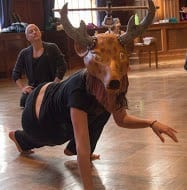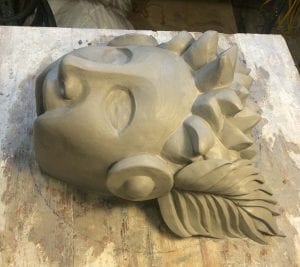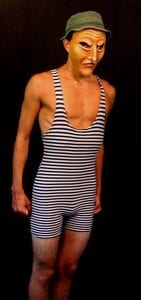Home / Blog Legacy / How Are Theater Masks Used Today?… Continued
How Are Theater Masks Used Today?… Continued

Theatre masks are expressive form. This means that they are designed in such a way as to animate the space around them through an interactive play of the rhythmic lines and planes of the mask. The successful mask will appear to change expression as the form moves through the space or as the actor moves under the mask. In this way theatre masks are very different from the mask designed expressly as a costume piece or masks for a celebration such as Halloween.
The sophisticated form of the theater mask requires from the performer a profound understanding of the mechanics of acting, the relationship the event of story telling has with the audience and a deeply honest approach to the creation of character in a heightened theatrical style.
It is for the above reasons that theatre masks have been integrated into actor training programs all over the world. Theater masks were first used in western actor training by Jacques Copeau. Copeau began using the mask to teach the actor how to come to the support of the theatrical event and to learn a selfless relationship to creation and performance. In other words the mask taught the actor to use an honest sense of self where the story and the audience are central to the event rather than a presentation of skill by the actor.

In western theater practice, Jacques Lecoq is best known for developing the techniques and methods of using masks to train actors. The approach to actor training at the Lecoq School in Paris has found its way into the top programs all over the world. Major conservatories such as Juilliard, The London Academy of Music and Dramatic Art, The London International School of Physical Theatre, The North Carolina School of the Arts and The Stella Adler Studio of Acting have programs in which the principles of mask training are part of the students journey of learning.
Lecoq wrote:
There are three masks:
The one we think we are,
The one we really are,
And the one we have in common.
Theater masks are often all three of these in one mask (more on this in later blog posts). The character mask or character half mask could be described as, “the one we think we are.” The mask in this case is seeing the world from a singular or specific perspective based on the culmination a life experience.
The actor must bring the mask to life using the self to support the mask or using, “the one we really are.” Because of the archetypal form of the mask, the specific personal work of the actor in the exploitation of ones humanity through the mask touches the audience. The universal aspects of the human experience are communicated through the mask. In this, each mask then becomes, “the one we have in common.”
Check out more on masks in actor training or see masks commonly used such as Neutral Masks, Larval Masks, Character Masks or Character Half Masks at Theater-Masks.com.

